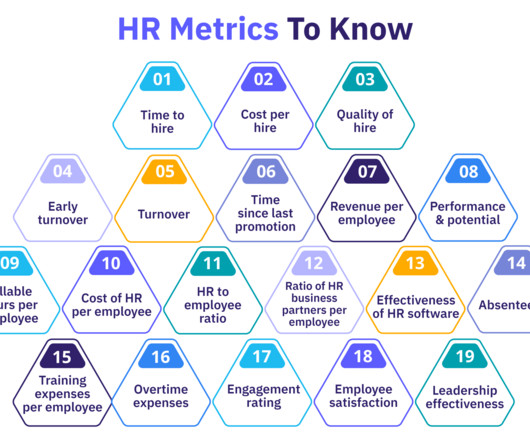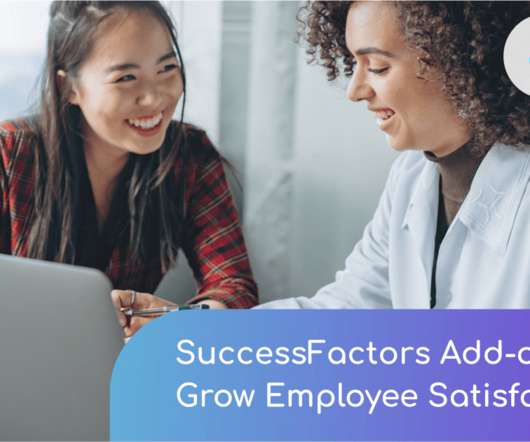5 workforce planning tools and how to use them
Business Management Daily
JUNE 15, 2022
has come to the realization that strategic workforce planning is a necessity for the organization. Baby Boomers make up a significant portion of the company’s current workforce, and their retirement over the next few years could cause serious staffing shortages in key positions. Attrition and retention. Skills gap.

































Let's personalize your content